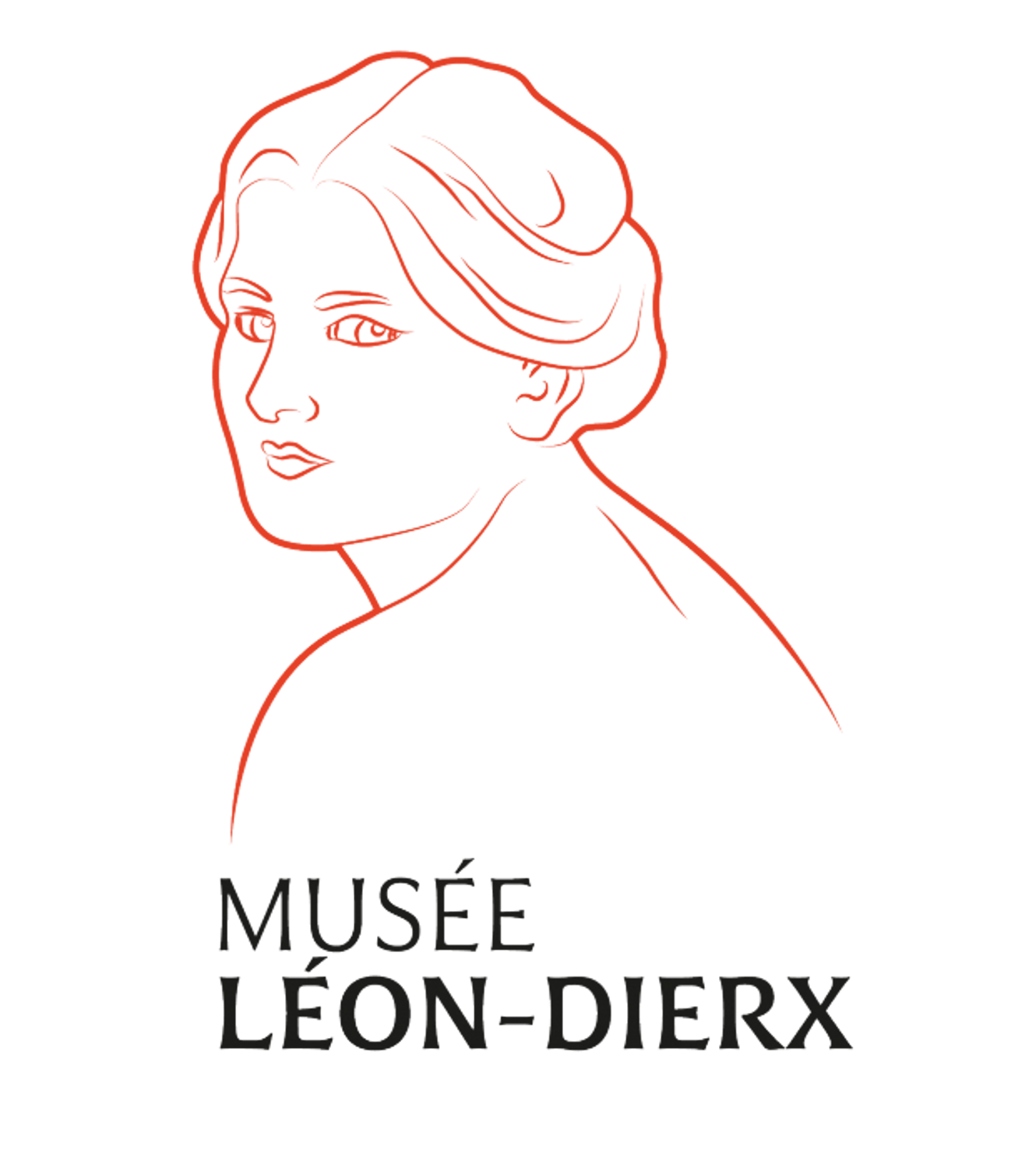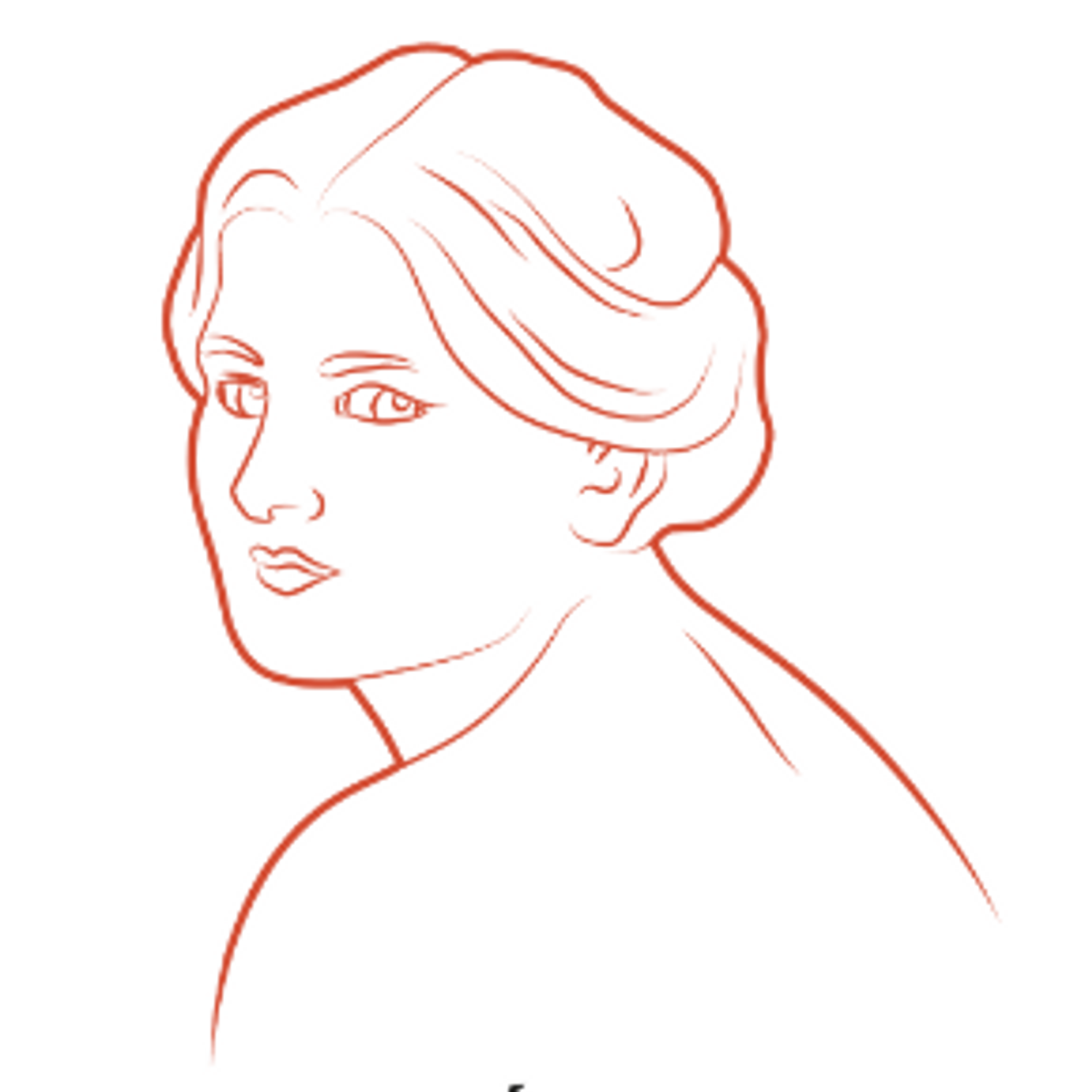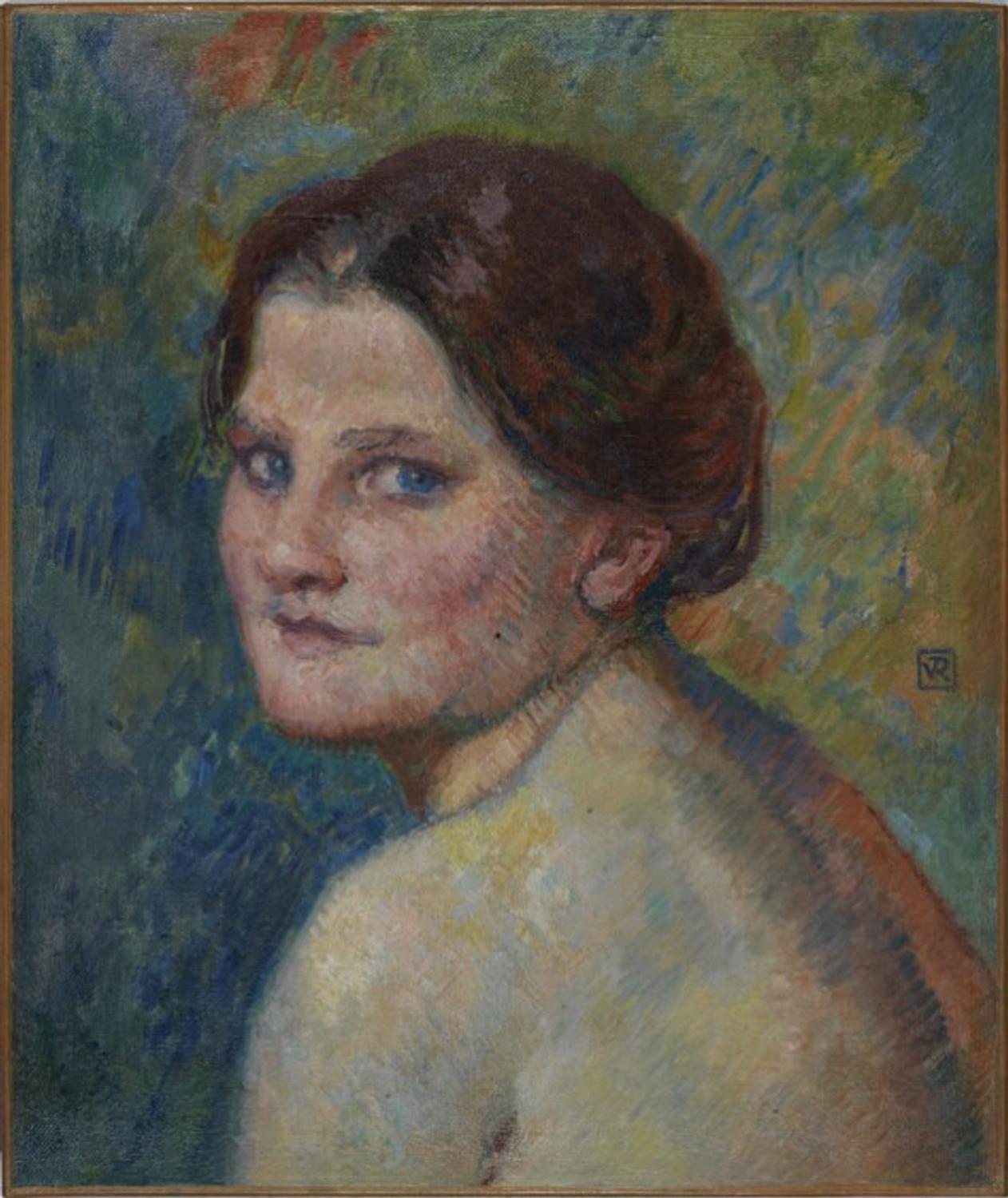THE MASTERPIECES OF THE LEON-DIERX ART GALLERY : Théo VAN RYSSELBERGHE
Theo Van RYSSELBERGHE
Gand, 23 November 1862 – Saint-Clair (Var), 13 December 1926
Theo Van Rysselberghe studied in Gand and Bruxelles and started exhibiting his work in Belgium as from 1881. In the early 1880s, he visited Spain and Morocco, returning several times to the latter country. The intense light of this Mediterranean country had an important influence on his work.
In 1883, Van Rysselberghe was one of the founder members of Groupe des XX, which brought together Belgian avant-garde artists. Several exhibitions, to which European artists were also invited, shared the same rejection of academic artistic principles and contributed to disseminating the artistic innovations of the Groupe des XX. In 1894, the members of the Groupe des XX continued their activity with the artistic society La Libre Esthétique.
In 1886, Van Rysselberghe discovered the work of Georges Seurat, which led him to adopt neo-impressionist techniques and he also became friends with Paul Signac and Charles Cross. As from 1819, he exhibited his work in Paris at the Salon des Indépendants and for a decade he strictly applied divisionist techniques in his landscapes, nudes and portraits. He was actually one of the few painters to apply this technique when painting the human face.
In 1898, Theo Van Rysselberghe settled in Paris, dividing his time between the capital and the south of France, having had a house built in Saint-Clair.
Buste de femme nue en plein air (Head-and-shoulders portrait of nude in the open air), Theo VAN RYSSELBERGHE
Around 1900
Oil on canvas
45 x 38 cm
Inv 1911.19.03
Paris Committee donation
Theo Van Rysselberghe painted a large number of portraits, mostly representing members of his family or his friends. This face of a naked women against an open-air backdrop can be placed in this category, but it seems rather more to belong to his paintings of female nudes, a theme he started to develop in 1910.
The work coincides with a turning point in the painter’s career, revealing the strictly pictorial research carried out by the artist. This period saw the transition between the influence of Post-Impressionism and the tendency towards Classicism, with the artist abandoning the method favoured by Seurat. Also, Van Rysselberghe admired the Japanese artist Hiroshige. The young woman’s pose evokes certain Japanese etchings, placing the painting within the Japanese current, which influenced European artistic creation during the second half of the 19th century.
Strong colours are applied using vibrant parallel brushstrokes, with varying directional treatment. The divided brushstroke becomes wider and freer and goes against the methodical application of dots. Coloured shadows infuse life into the model, with the piercing gaze of her deep blue eyes. Green, blue and orange hues dominate in this painting and the artist deploys all his know-how as an alchemist of colour. The chromatic harmony between the model and the natural environment, reflected in the patches of bright colours, in total symbiosis, communicate feelings of serenity and sturdiness.






